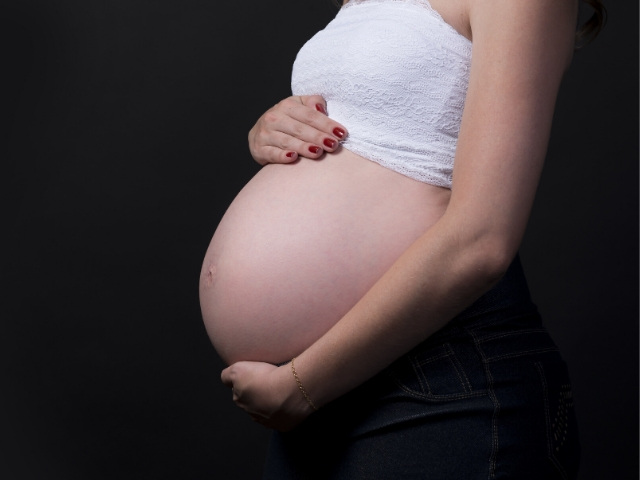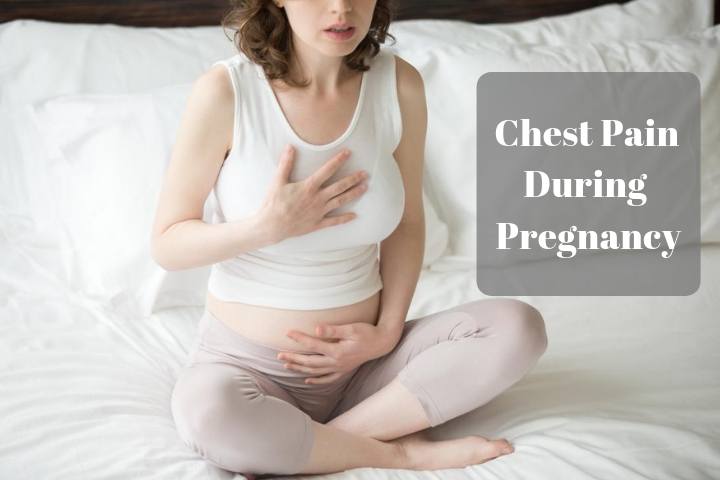A woman goes through an enormous range of changes, both physical and mental (postpartum body changes) during pregnancy and these changes are unique to each woman. When a mother gives a new life, she is both physically and mentally attached to it. A number of changes occur in the body during pregnancy so adequate care is required both during and after delivery.
The following article explains 7 common changes after pregnancy.
Common body changes after pregnancy
There are physical and lifestyle changes reported in a woman after pregnancy. These changes are accepted by a woman with adequate understanding and patience. Following is the list of common changes after pregnancy:
Hair changes
Hair fall after delivery is quite common in a woman and this may last up to a year. The reason behind hair fall after delivery is the sudden fall in levels of estrogen. During pregnancy levels of estrogen are high and after childbirth, the level drops suddenly, and these levels return to normal gradually and the rate of hair growth normalizes. These changes after pregnancy are completely normal and there is no need to worry about this. Excess facial and body hair will also shed after delivery. Hair loss is maximum in the first 3 months after delivery and slowly tapers down to normal.
Breast changes
Colostrum is the first milk that a mother’s breasts make, this milk is creamier and is loaded with antibodies. This colostrum strengthens the immune system of the child and protects the child from infections, so it is very important. Colostrum is present in small amounts and just after delivery the breasts are swollen, sore, and extremely tender, so lactation is uneasy. Swelling and soreness will subside when milk start producing and then breastfeeding is comfortable. Sagging of breasts are also seen. There is leakage of milk from breasts even after discontinuation of feeding, but this is normal.
Skin changes
There are plenty of changes in the lifestyle of a parent. Being a mother is a big responsibility for stress and fatigue of which not only affects the mother’s health but also her skin. In this, there is a role of hormonal fluctuation. More breakouts are experienced by a mother with clear and glowing skin in the months following the delivery. Improvement is seen after pregnancy in those women who have problematic skin before pregnancy. Chloasma faciei’ or ‘Melasma’ – darkened patches or zones of dark skin (along the lining of the lips, nose, cheeks, and forehead) are noticed after pregnancy. As long as the mother ensures protection of her skin from the harmful rays of the sun these darkened areas fade. Stretch marks are certain during pregnancy, and care can be taken by the use of special oils and lotions. Stretch marks need some time to fade.
Abdominal changes
The uterus remains partially contracted and relatively heavy (weighing around a kilogram) after delivery of the baby and it felt like a small round lump in the lower anterior abdomen. It will weigh only an ounce or two and will no more be palpable in about 6 weeks. After few months Linea nigra or the ugly dark line that most women develop on the abdomen during pregnancy will fade off.
Stretch marks of pregnancy persist for a long time over the abdomen. When there are drastic changes in the abdomen the stretch marks develop. The color of these marks is bright red during pregnancy which then turns into silver color and shiny. Some residual fat deposition is also there on the abdomen. Basic exercises after delivery will help a woman to regain a leaner shape.
Uterus shrinks due to contractions right after the delivery. There is also a detachment of the placenta from inner walls due to a series of contractions. Contractions of the uterus cause vasoconstriction or narrowing the blood vessels to reduce the chances of blood loss after the delivery. These cramps which are felt are known as “after pains”.
The maximum height of the uterus gradually lowers after the delivery, which can be appreciated by external palpation. It measures up to the navel after a few days.
Sexual drive
There is a reduced urge for intimacy or sexual contact in the mother after delivery, and it is a troublesome change. A drop in sexual drive is always observed in new mother’s and the main culprit behind this is estrogen or female hormone. Estrogen level is regulated by LH (leutinizing hormone) and FSH ( follicle-stimulating hormone), levels of estrogen are very high during pregnancy and hit low just after the delivery. There is no need to worry because the estrogen level gradually normalizes with time. There is reduced sex drive because of the pain in the genital region and mainly the stress and inability to manage time with the constant responsibility of the baby added.
Urinary and bowel problems
New mothers usually experience incontinence (involuntary passing of urine) due to excessive stretching of bladder muscles and this subsides only as the bladder muscles grow stronger. As the food moving through your intestines may slow down during delivery a few mothers’ may experience hemorrhoids (blood in stools), uncomfortable bowel movements, or constipation. New mothers can deal with these issues by adopting some lifestyle changes such as consumption of a healthy diet which is rich in fibers and getting adequate sleep.
Bodyweight
The excess weight gained during pregnancy which is generally about 11 kilograms is slowly lost in the postpartum period when the body shape changes after pregnancy.
All the extra water which is retained in the body during pregnancy is eliminated by the body along with extra water retained in the cells. Frequent urination and profuse sweating are experienced by the mother initially. Due to the absence of amniotic fluid, placenta, and baby’s weight, the majority of the weight loss is observed during the first week of pregnancy.
Conclusion
After giving birth to a baby a woman experiences certain body changes that may be distressing. Many changes can be seen in hair, skin, bodyweight, breasts, abdomen, genitalia, and urinary and bowel changes. All these changes are physiological changes that return to normal after a few weeks of delivery without any medical help. One can deal with all these changes by doing exercises, yoga, and adopting healthy lifestyle changes.













